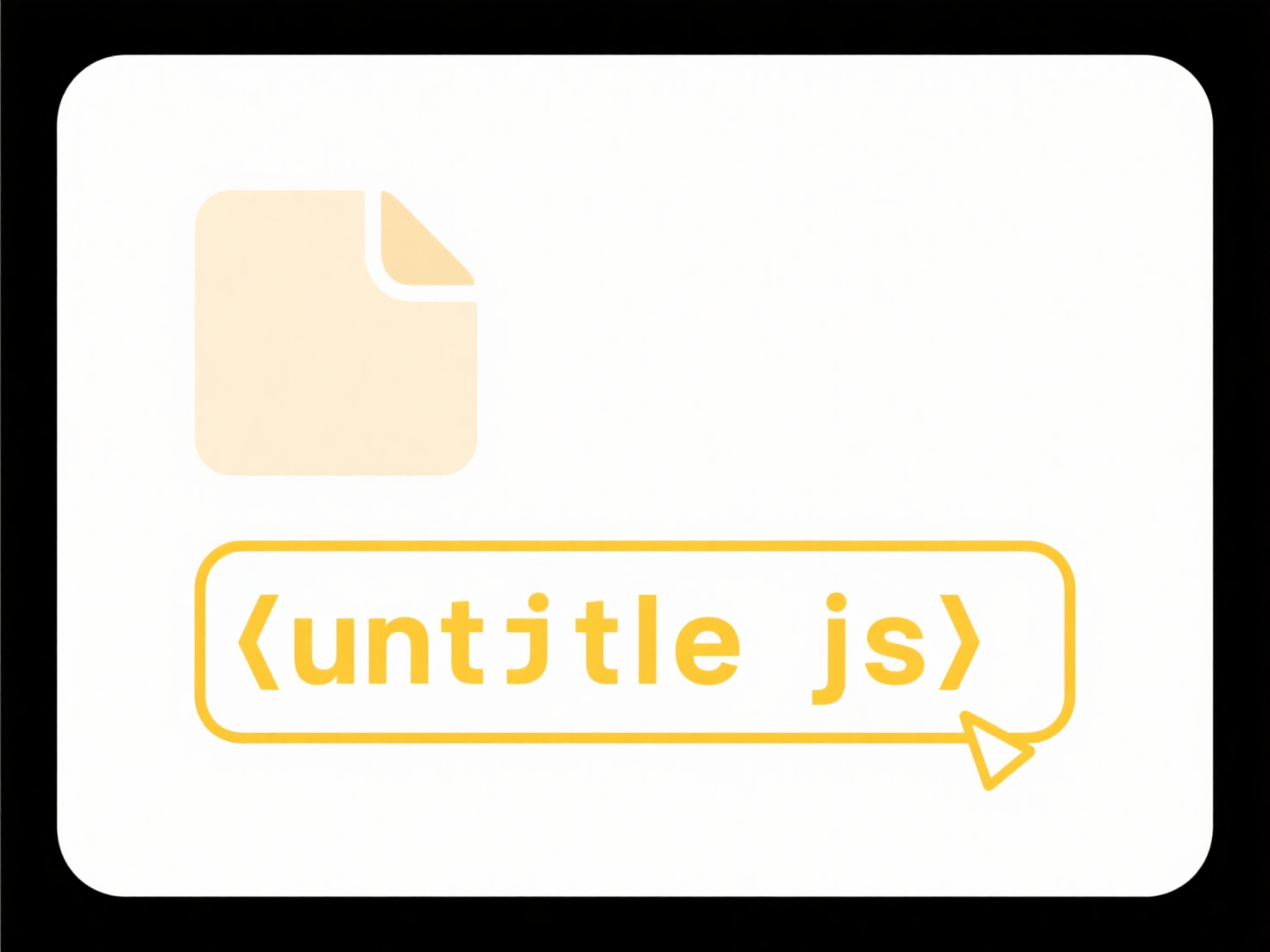
Page breaks shift due to dynamic content changes affecting a document's layout. These separators between printed pages move when elements like text, images, tables, or spacing are added, removed, or modified. Unlike fixed elements, page breaks adjust automatically because rendering engines recalculate page dimensions based on current content. Fluctuations in font size, margins, image placement, or even document settings trigger this repositioning, contrasting with manually inserted breaks that remain fixed unless edited directly.

In document editors like Microsoft Word or Google Docs, adding a large image or increasing font size often pushes subsequent content onto the next page, causing breaks to shift down. Similarly, web browsers rendering responsive web pages dynamically reposition page breaks during printing based on screen size, zoom level, or device orientation, as content flow adapts differently across viewports.
This dynamic behavior allows flexible content creation but introduces unpredictability. Maintaining consistent formatting across versions can be challenging, requiring tools like section breaks or keep-with-next settings for control. Responsive page breaks improve accessibility by adapting content to different outputs, though designers must test layouts thoroughly to ensure usability across potential variations and avoid unintended content separation.
What causes page breaks to shift?
Page breaks shift due to dynamic content changes affecting a document's layout. These separators between printed pages move when elements like text, images, tables, or spacing are added, removed, or modified. Unlike fixed elements, page breaks adjust automatically because rendering engines recalculate page dimensions based on current content. Fluctuations in font size, margins, image placement, or even document settings trigger this repositioning, contrasting with manually inserted breaks that remain fixed unless edited directly.

In document editors like Microsoft Word or Google Docs, adding a large image or increasing font size often pushes subsequent content onto the next page, causing breaks to shift down. Similarly, web browsers rendering responsive web pages dynamically reposition page breaks during printing based on screen size, zoom level, or device orientation, as content flow adapts differently across viewports.
This dynamic behavior allows flexible content creation but introduces unpredictability. Maintaining consistent formatting across versions can be challenging, requiring tools like section breaks or keep-with-next settings for control. Responsive page breaks improve accessibility by adapting content to different outputs, though designers must test layouts thoroughly to ensure usability across potential variations and avoid unintended content separation.
Quick Article Links
Can I rename music files from Spotify or iTunes exports?
Spotify and iTunes exports generate files containing metadata about your playlists or library, not actual downloadable m...
What tools help sync local folders with the cloud?
Cloud sync tools continuously copy files between folders on local devices (like laptops) and online cloud storage servic...
How do I name sub-files inside a ZIP or archive for clarity?
Effective sub-file naming within ZIP archives involves assigning clear, descriptive names to files stored inside folders...